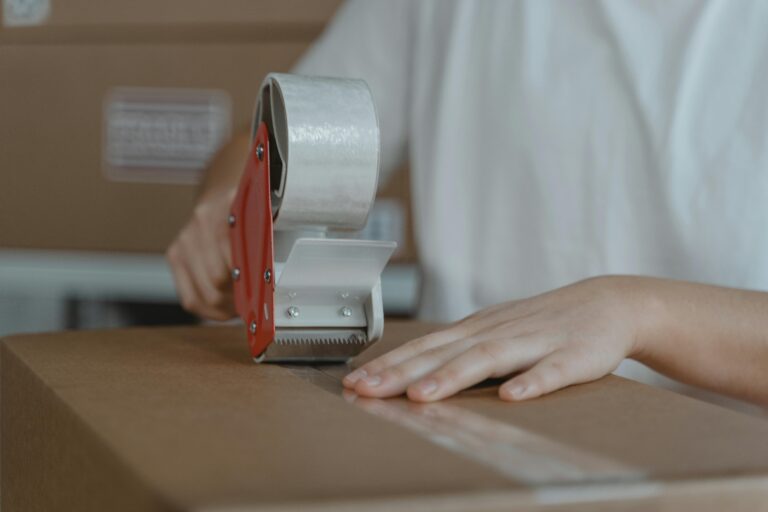Packaging Do's and Don'ts
Choosing the correct box
Please ensure your goods are packaged in appropriately sized, sturdy boxes or cartons. Heavier items should be packed into smaller boxes with double walls, while lighter, bulkier items should go into larger boxes.
The chosen box or carton must be sturdy, preferably corrugated, with intact flaps. Avoid using damaged or flimsy boxes, as well as fruit or miscellaneous boxes from supermarkets.
To prevent issues such as breakage, accidental drops, or loading complications, avoid making the carton too heavy. If a carton exceeds 17 kg, mark it as ‘HEAVY’ in bold and indicate the weight. For safety reasons, items should not exceed 17 kg each.
Consider using original packaging with internal polystyrene protection whenever possible. Remove old labels to avoid sorting errors, and refrain from using boxes that are damaged or compromised in any way.
Packaging your goods
Your items may undergo 2 to 4 handlings by various individuals from pickup to delivery. Therefore, it’s crucial to securely package your goods for transit. Choose a robust box or container and pack the contents with care.
Avoid overloading the box. It’s advisable to individually package multiple items and use more than one box if possible, making sure that each item receives adequate protection.
For electronics and fragile items, it’s best to retain their original packaging. If unavailable, purchase packaging materials like boxes and bubble wrap from reputable suppliers.
Avoid using household materials like shredded paper or crumpled newspaper, as they may lose shape during transportation.
Ensure there’s enough cushioning material around the items to prevent movement within the box. We recommend packaging to withstand a one-meter drop.
Properly seal the box with broad pressure-sensitive plastic tape, avoiding masking tape, Scotch tape, duct tape, or string. Tape along the seals to prevent the box from opening during transit.
Labelling your goods
Once your goods are packaged and prepared for transport, the next crucial step is to write the destination address correctly to ensure prompt delivery to their destination.
For fragile items, it’s vital to clearly mark the carton as ‘FRAGILE’ using colored fragile tape, available at packaging supply stores, or by prominently writing ‘FRAGILE’ on the box with a colored marker pen.
If utilizing second-hand boxes, remove any old address labels or barcode identifiers to avoid sorting confusion, which could lead to delivery delays.
A consignment note is essential for accurate delivery and should include:
– Sender’s name, address (including postcode), contact name, and phone number.
– Receiver’s name, address (incl. postcode), contact name, & phone number.
– Quantity and weight of items.
– Dimensions of each item.
– Required transport service (e.g., road freight, air freight, local courier, overnight satchel, international, etc.).
– Signed and dated consignment note.
Consignment notes typically include:
– Sender’s copy.
– Receiver’s copy.
– Proof of delivery copy.
– Occasionally, a Head of Office or Charge copy.
If sending multiple items in one consignment to the same recipient, ensure the consignment notes or labels are placed consistently on each item. Avoid placing them over seams, closures, or sealing tape. Additionally, include a paper with both sender and receiver details inside the carton in case the consignment note or address label becomes detached during transit.
